Create Superior Websites with the Perfect Tech Stack
Evaluate performance metrics, developer experience, and scalability of modern web technologies. Make informed, data-driven choices for your next project.
Headless CMS
A headless content management system is one that puts your components and content somewhere by using APIs to serve it all, rather than depending on a native front-end app for displaying the contents. This enables content to be distributed easily through multiple platforms while also controlling everything from a single point.

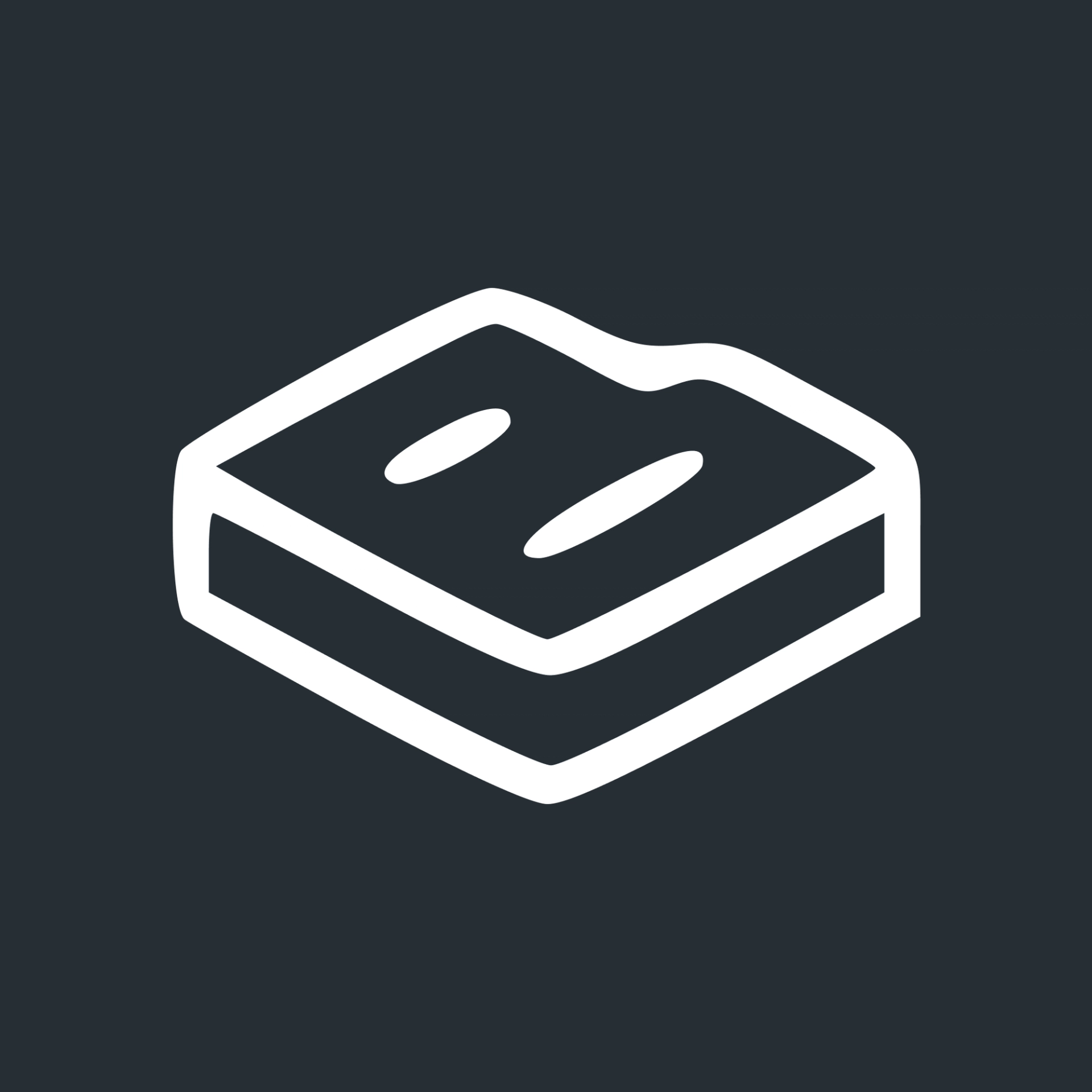
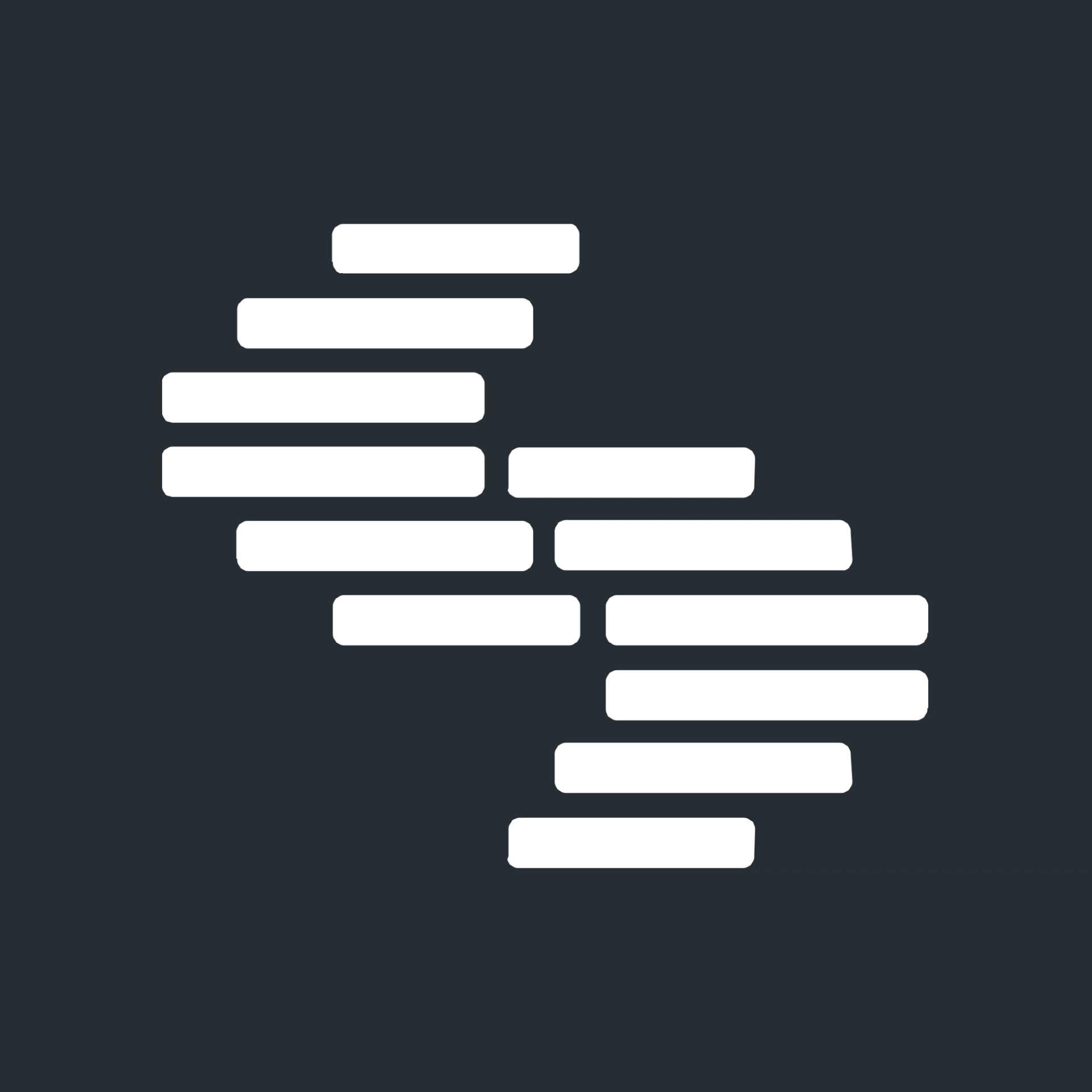
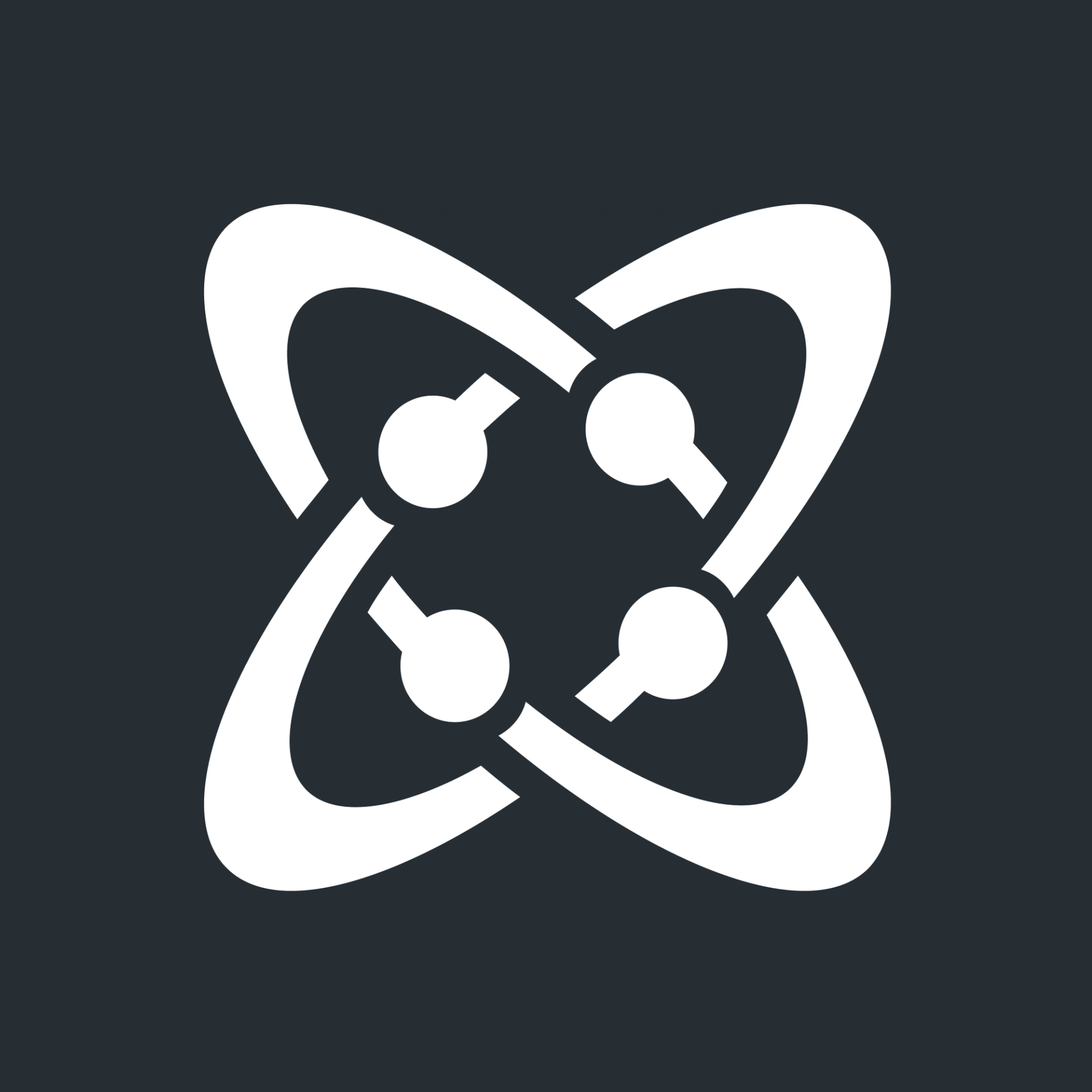
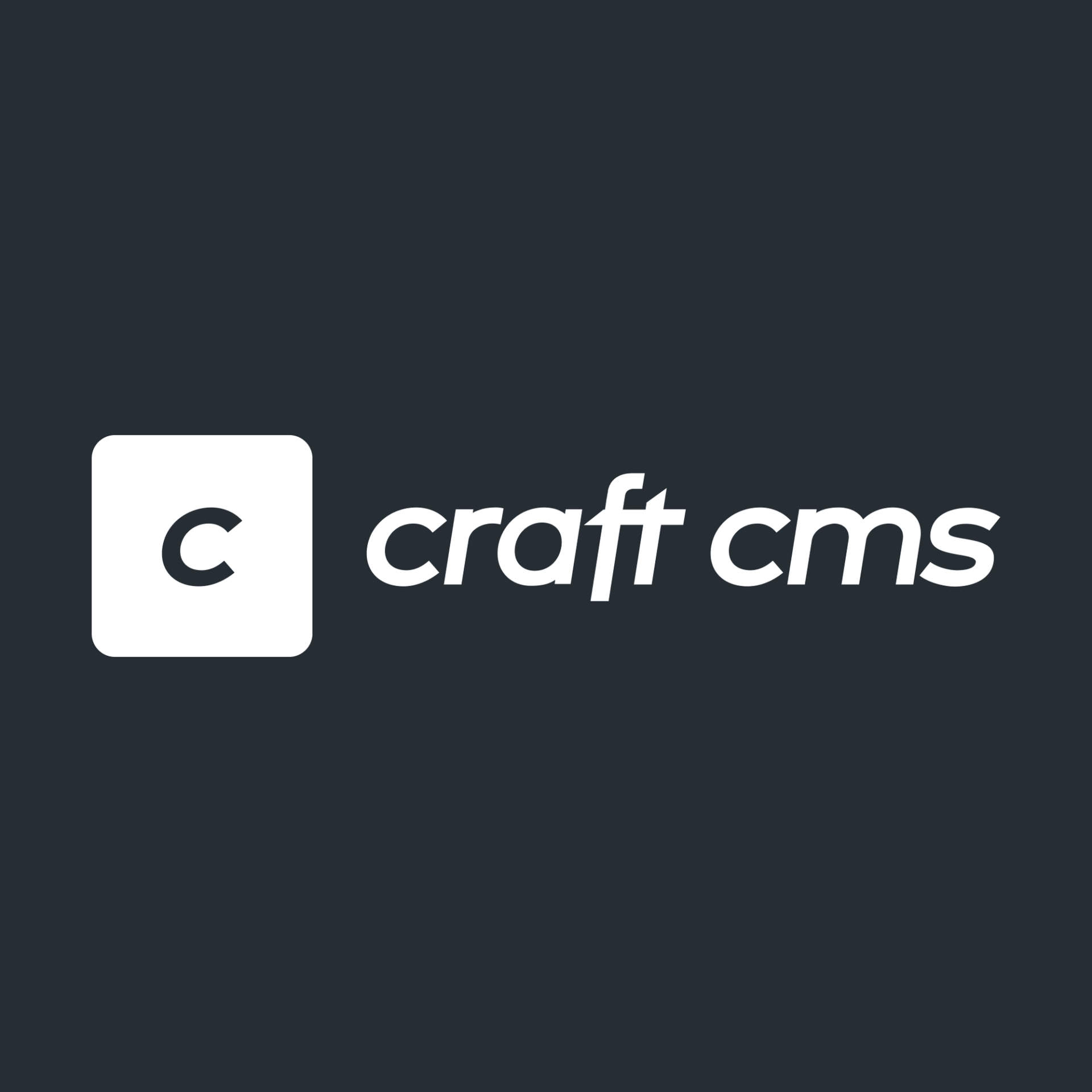







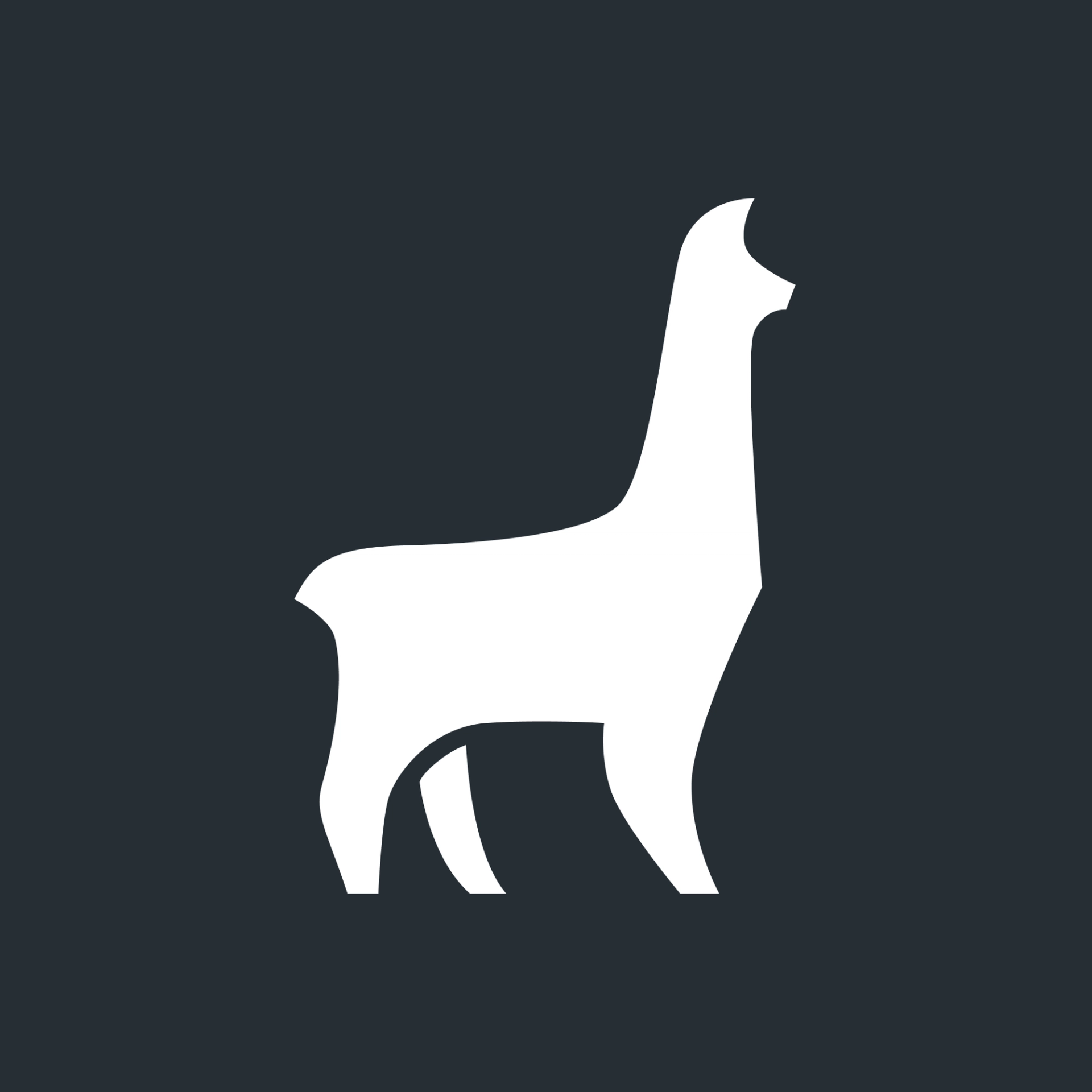
Static Site Generators(SSGs)
Static site generators are quickly becoming more popular due to being easy to set up and use, more secure, and providing fast delivery of content. Now, there are trends that have been designed to make life easier and these stand as the next big thing in web development.
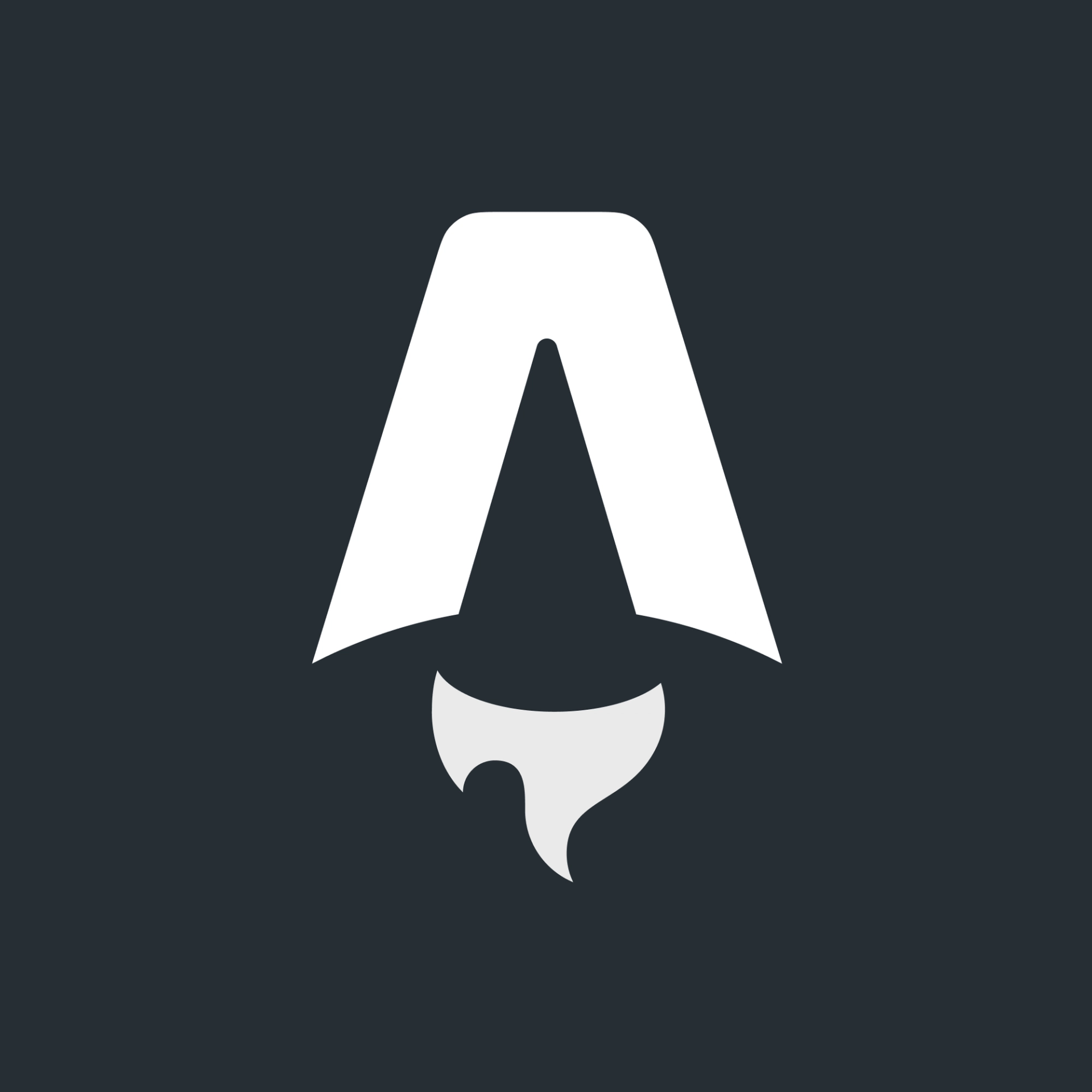

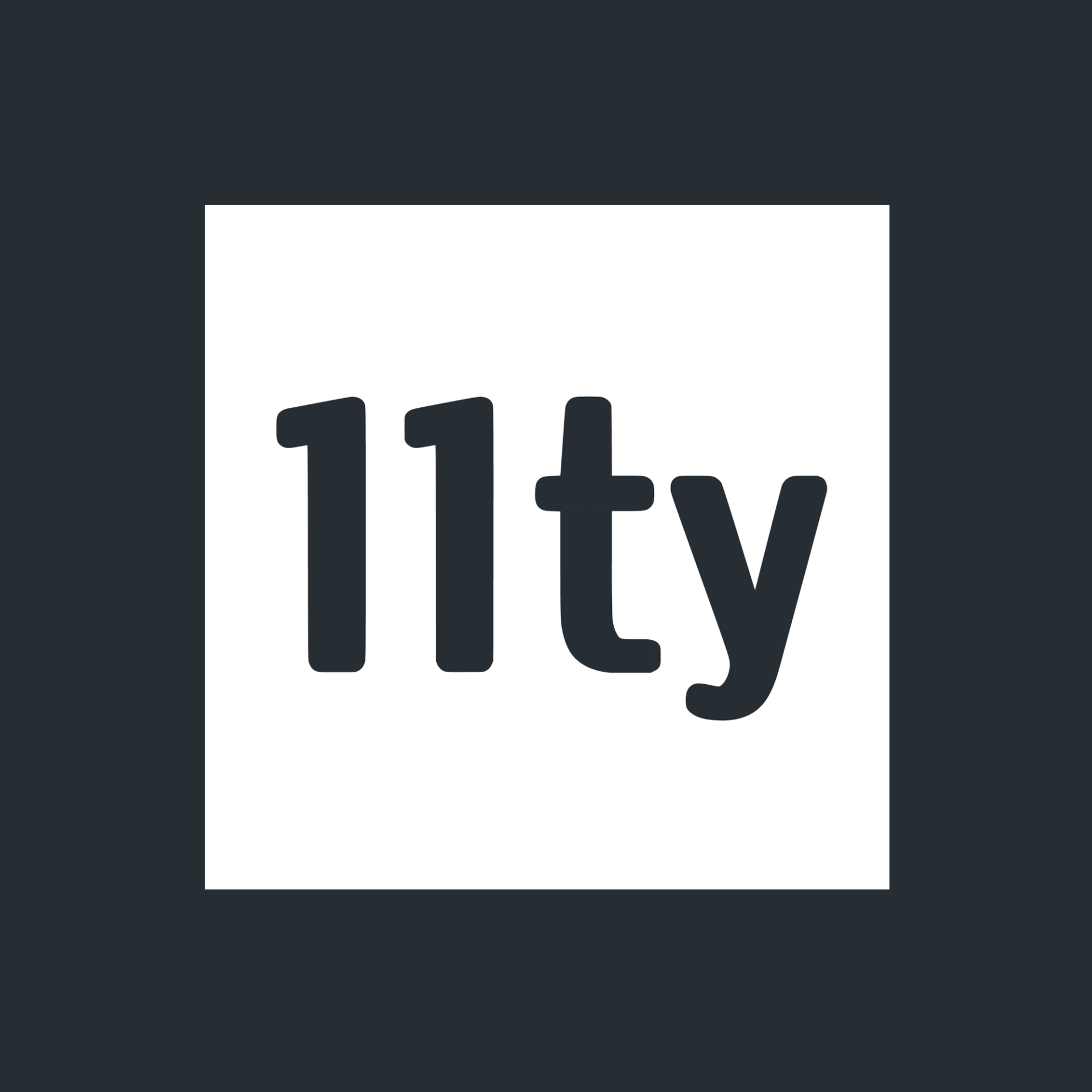


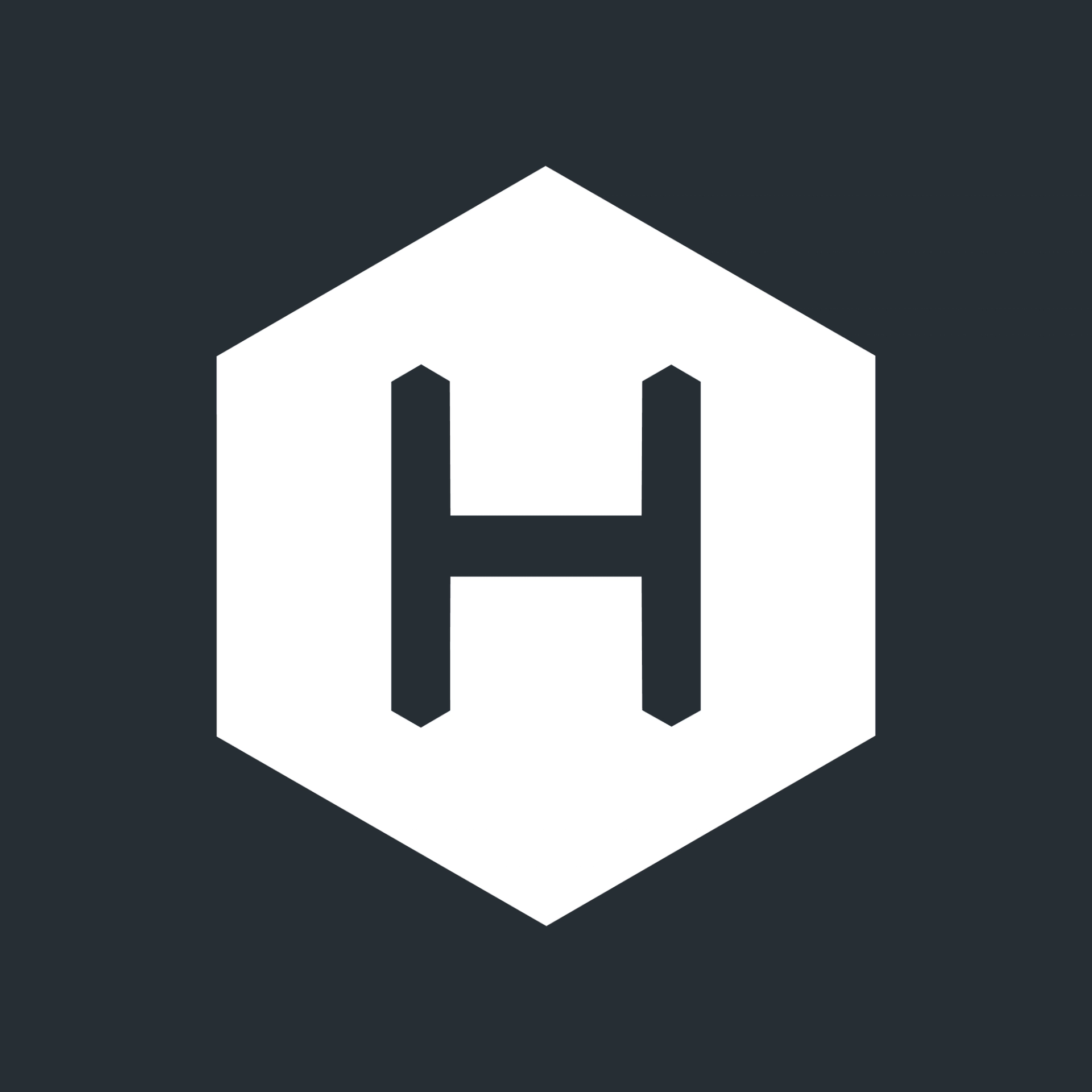

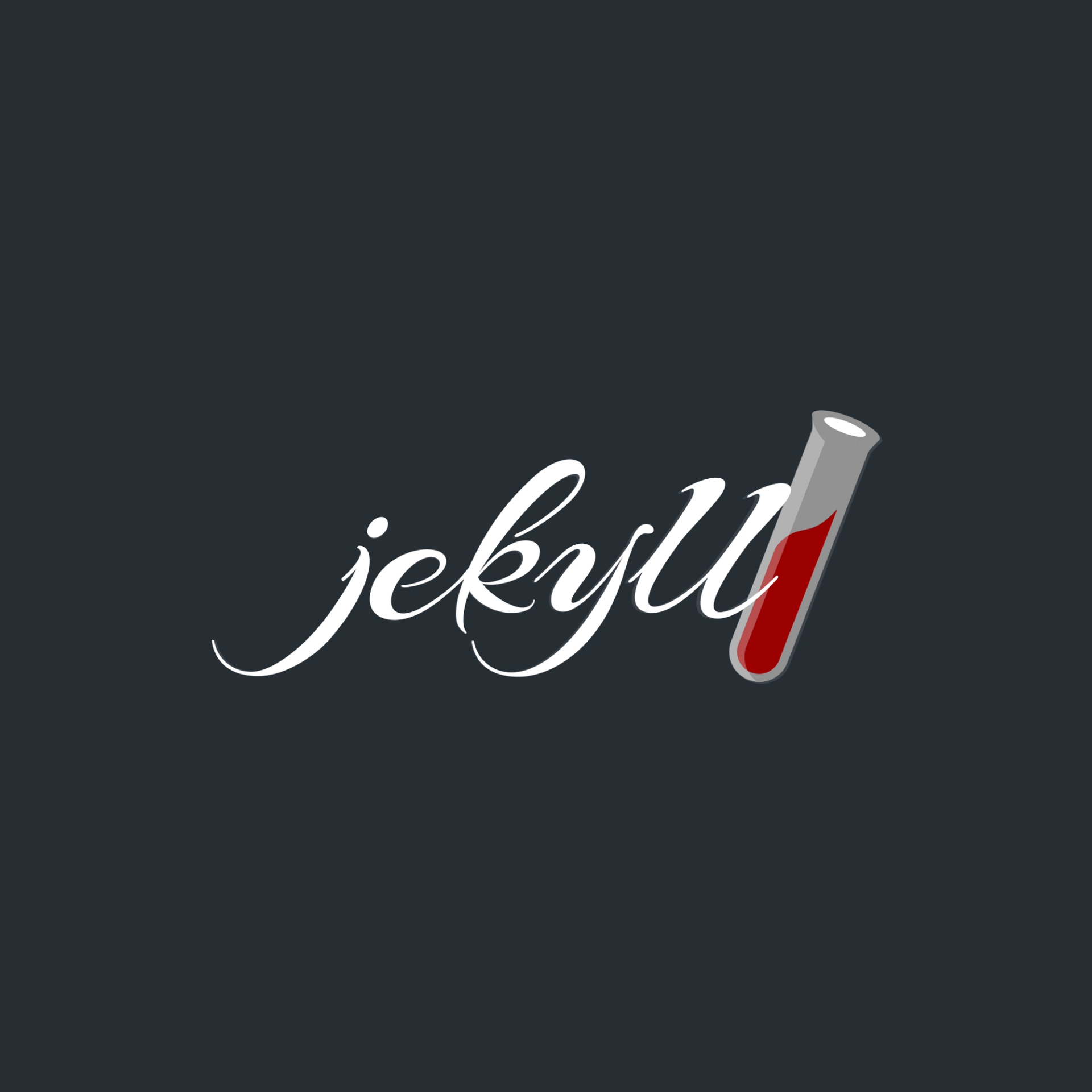
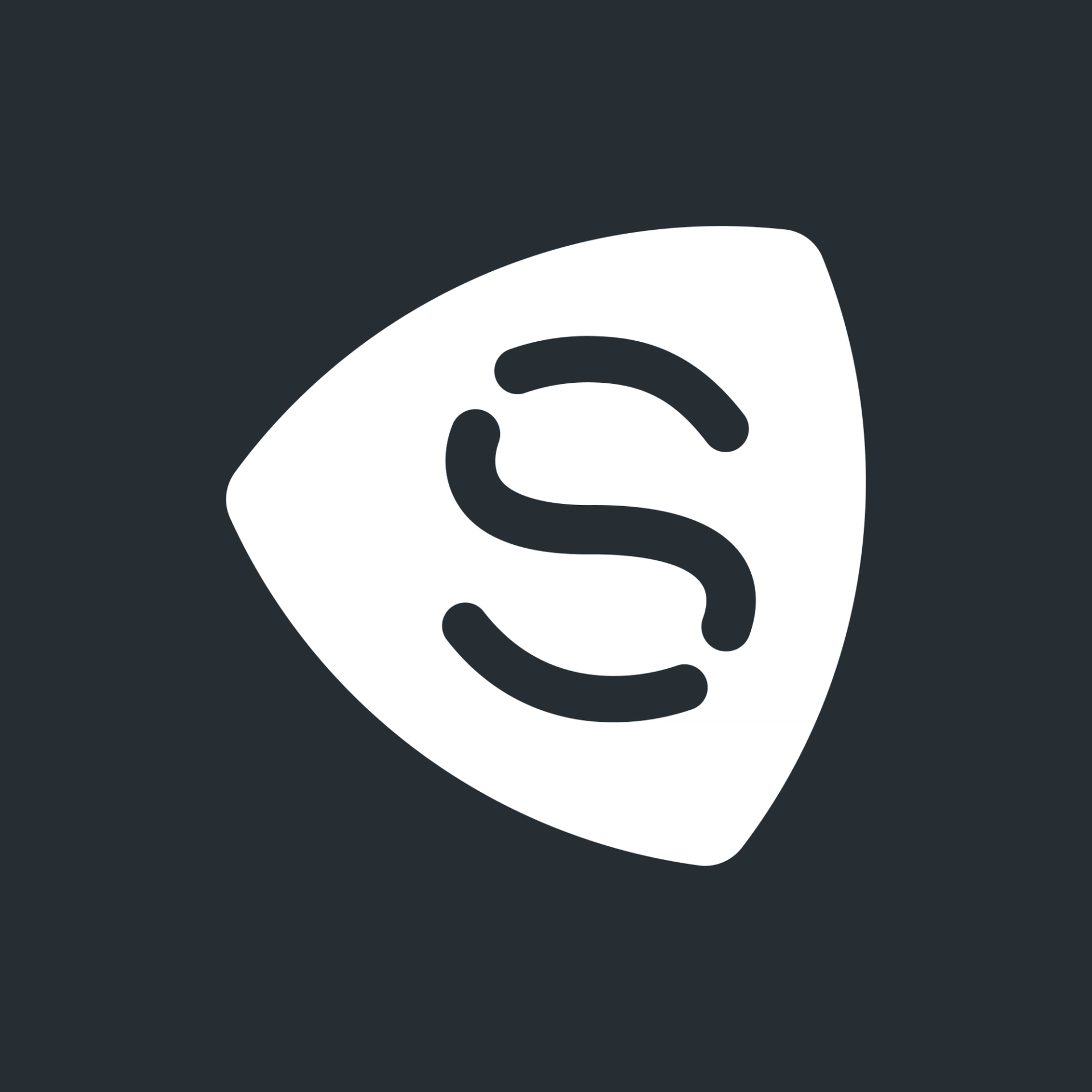
Deployment Platforms
Deployment platforms is also getting attraction due to simple interface, high security and ability to integrates in a better way. These are now the trendsetters in web development industry for above reasons, These platforms automate and simplify the deployment process which provides developers with high, fast and with minimal downtime applications over the up-and-running software thereby increasing productivity.
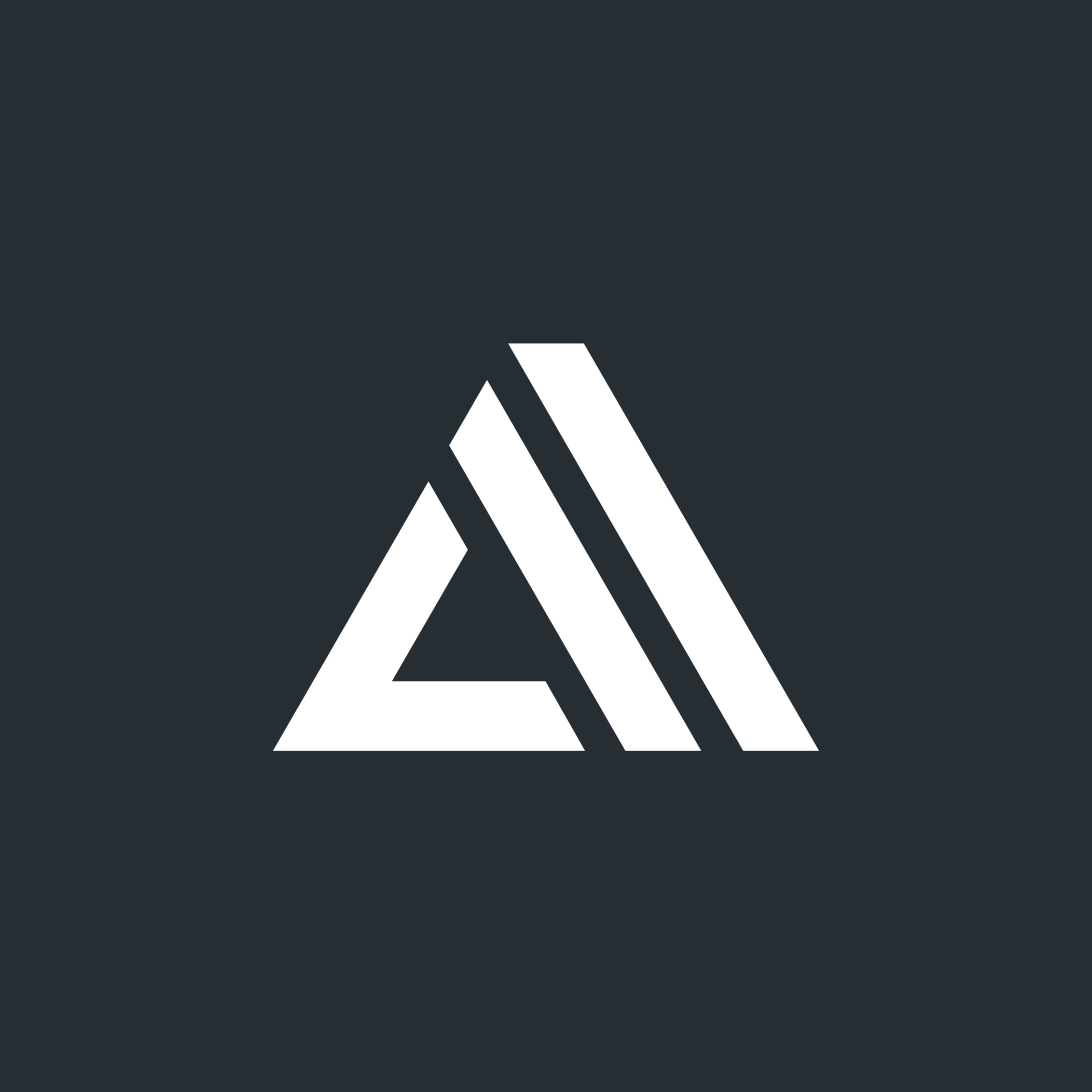
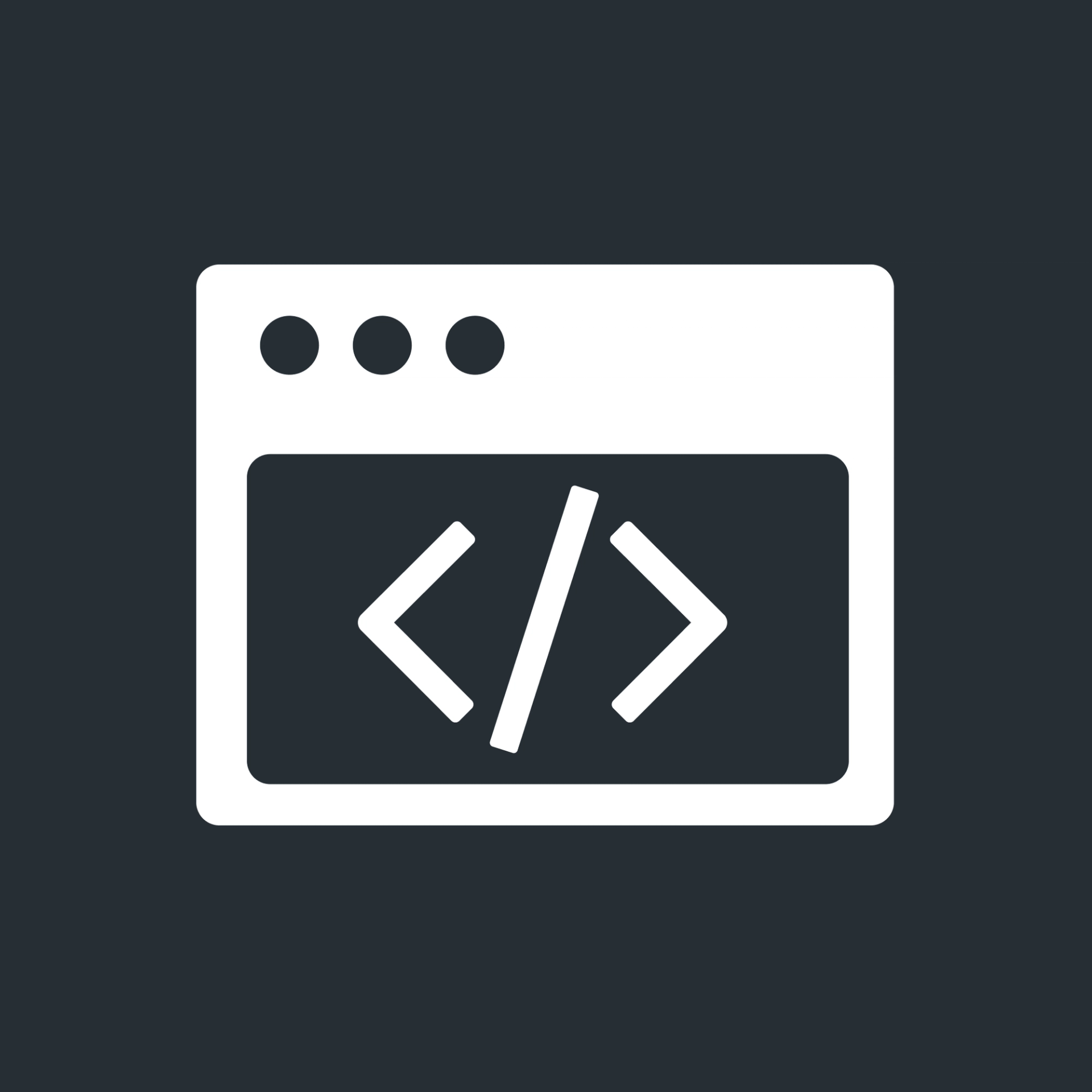
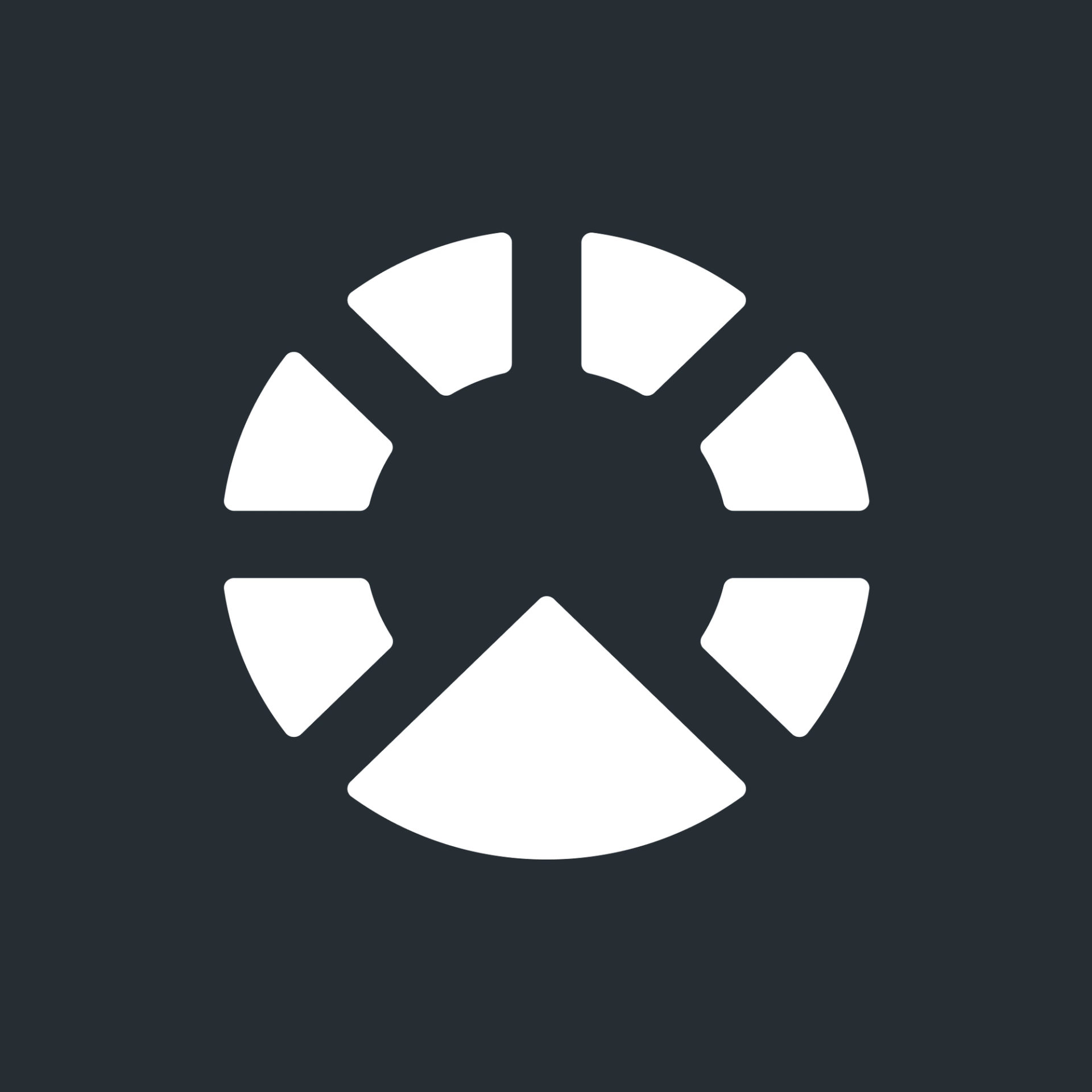









Web Frameworks
Web frameworks are tools that help you build websites and web apps more easily. Full-stack and meta frameworks let you handle both the front and back ends in one place. They also help decide how your pages are shown (like on the server or in the browser), keep file sizes small so things load faster, and make the coding experience smoother for developers. It’s a way to build modern web apps faster and better.












UI Frameworks
A UI framework is a set of pre-built design components and tools that help you build the look and feel of your website or app. Instead of styling everything from scratch, you use ready made buttons, forms, layouts, and more. This makes it easier to keep things consistent, responsive, and good-looking across different screens, while speeding up your development process from one central place.


















